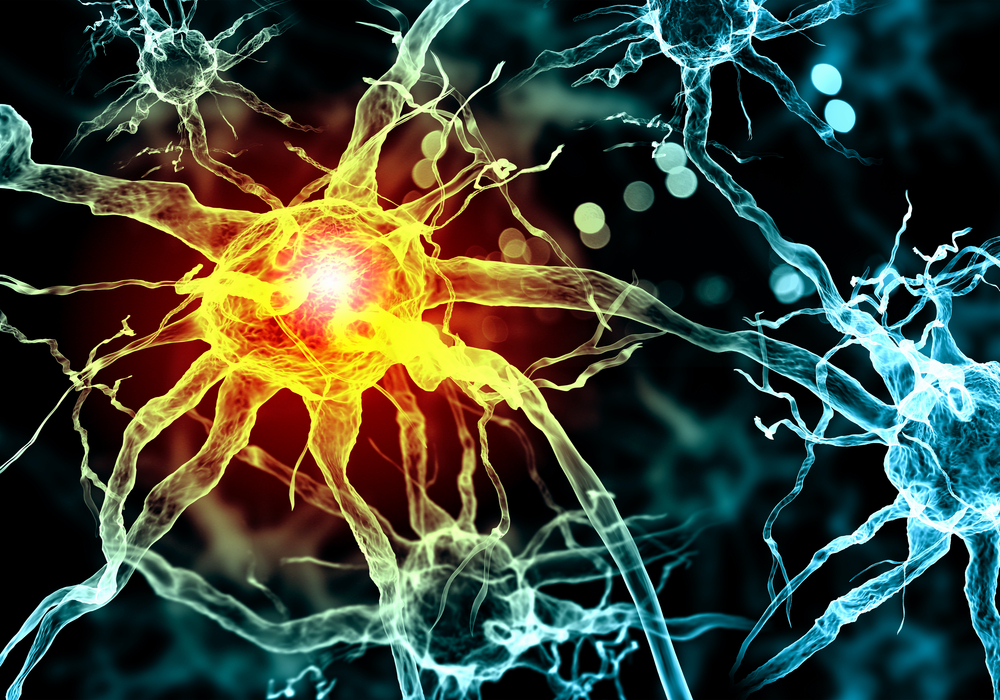
TORONTO — It could be called a “sensational” discovery: Canadian scientists have figured out how to turn a simple blood sample into a variety of nerve cells, including those that are responsible for pain, numbness and, yes, sensation.
The technology will allow researchers to test potential pain-killing drugs in the lab, using an individual’s own nerve cells, said Mick Bhatia, who led the team of scientists at McMaster University.
“Now we can take easy to obtain blood samples and make the main cell types of neurological systems — the central nervous system and the peripheral nervous system — in a dish that is specialized for each patient,” said Bhatia, director of McMaster’s Stem Cell and Cancer Research Institute.
“Nobody has ever done this with adult blood,” he said from Hamilton.
The technique involves extracting stem cells from blood, which are then converted into neural stem cells using a patented technique. These stem cells are then manipulated in the lab to give rise to several types of nerve cells, including those that make up the peripheral nervous system throughout the arms, legs and the rest of the body.
“So we take a cell whose identity — its name, address, what it does as a blood cell — we tell it to forget all of that, and we educate it to become a neural cell,” said Bhatia, likening the process to turning a lawyer into a surgeon.
“It’s literally a re-education process. We convert the cell completely to a different fate.”
By exposing the cells to different chemical agents in lab dishes and seeing how they react, the researchers hope to discover new pain drugs that take aim only at the peripheral nervous system, while not affecting the brain and the rest of the central nervous system.
Many current pain killers, such as opioids and narcotics, dull pain by interacting with the central nervous system, primarily in the brain. The drugs are not only addictive but have a number of unwanted side-effects.
“You don’t want to feel sleepy or unaware, you just want your pain to go away,” Bhatia said of analgesic medications.
“But up until now, no one’s had the ability and required technology to actually test different drugs to find something that targets the peripheral nervous system and not the central nervous system in a patient-specific or personalized manner.”
Pain is also personalized: some people tend to feel discomfort more acutely than others.
Examining neural cells derived from a patient’s own blood means they contain the same DNA, making it possible to determine whether there may be a genetic reason why someone might perceive excessive pain, then seeking a drug that’s tailored to fit their personal DNA profile.
“So we think that this conversion ability from blood to neural cells will now provide a means to start hunting for those types of drugs,” he said.
Dr. Akbar Panju, medical director of McMaster’s Institute for Pain Research and Care, said this research will have a major impact on managing neurological diseases, particularly neuropathic pain that often affects people with diabetes.
“This research will help us understand the response of cells to different drugs and different stimulation responses, and allow us to provide individualized or personalized medical therapy for patients suffering with neuropathic pain,” said Panju.
Bhatia’s lab also hopes to further develop the blood-generated neural stem cells into motor and other kinds of neurons that one day could conceivably be transplanted into patients to restore healthy brain cells as a treatment for Alzheimer’s, Parkinson’s or Lou Gehrig’s disease (ALS), for instance.
The technology could also be used to produce retinal nerve cells as a treatment for people losing their sight due to age-related macular degeneration, an increasingly common condition among Canada’s aging population, he said.
The research was published Thursday in the journal Cell Reports.
One comment on “Canadian researchers discover how to turn blood into nerve cells”
Comments are closed.